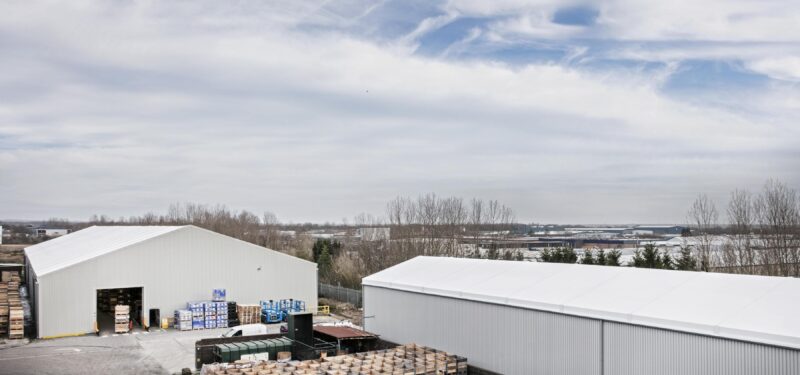Temporary Building Planning Permission: Explaining the Steps
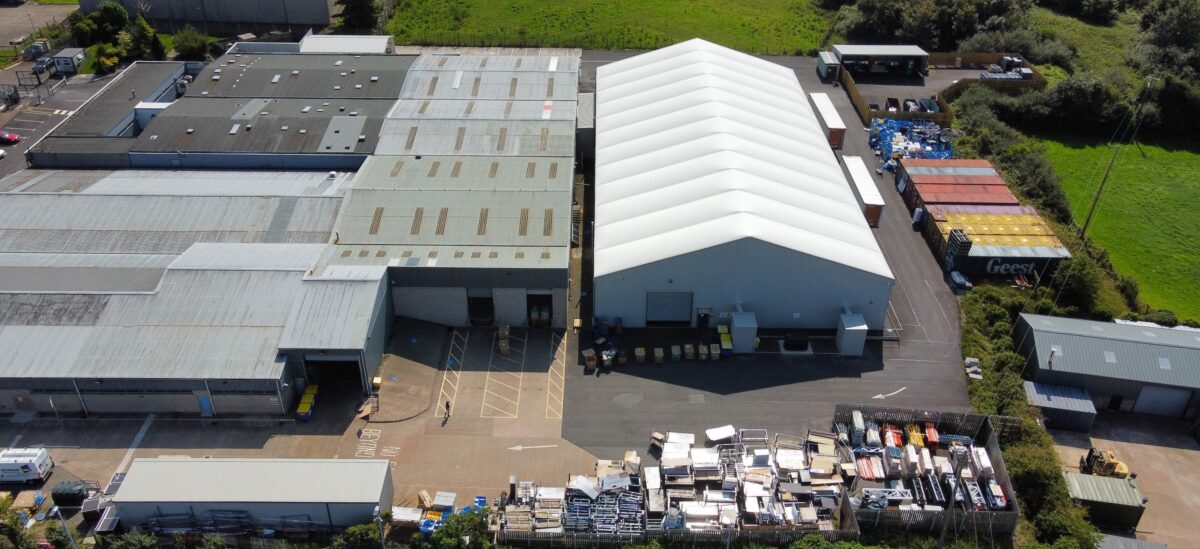
The Temporary Building Planning Process: A Simple 6 (ish) Step Explanation
Knowing whether you even need planning permission for your temporary building project is one thing, but understanding the steps involved in how to actually get it is another.
Spaciotempo has pulled together a 6-step planning process that we hope takes some of the stress away and eases the burden whilst helping you and your business plan for every eventuality should blockers arise.
Following these steps will give your business the best possible chance of obtaining planning permission for your temporary building at the first time of asking.
Remember:
If you want to steer clear of unexpected penalties, in most circumstances it’s essential to obtain planning permission for temporary and semi-permanent buildings. Building without approval from the local authority, if caught, can lead to hefty fines and an enforcement to strip the land back to its original state.

1) My business is proceeding with a temporary or semi-permanent structure!
The first step is actually getting sign off on the project from your own company, which is a huge milestone reached!
As a general rule of thumb, however, planning permission is still required when the temporary structure is going to be in use for a period that exceeds 28 days and/or the overall floor space is greater than 100 square meters. Other stipulations do apply. Please refer to our Temporary Building Planning Permission: The Definitive Guide for further information.
Note: The same principles also apply when your business makes a major change to existing infrastructure, such as adding an extension. As our customers often use our buildings to expand on their permanent facilities, it is important to know about planning permission for temporary building extensions too.
2) Find the local authority in relation to the site location
As the process can often take a long time to get approved, we recommend getting the ball rolling as soon as possible, and certainly no later than 8-12 weeks out from the agreed installation date with your chosen temporary building supplier.
The first step is finding the local council who cover the site location where the structure is going. This isn’t always the same as your business’ head office if you operate nationally, in another country in the UK & Ireland, or across multiple locations, so you may need to find out.
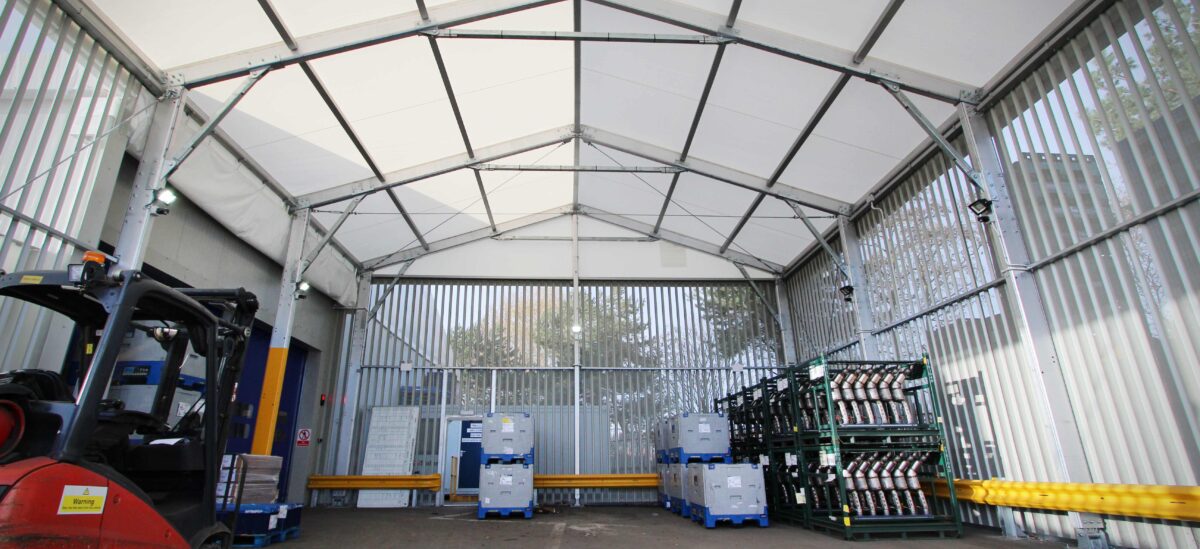
Want to learn more?
In a previous blog, we’ve covered planning permission regulations in great detail, explaining everything you need to know to ensure your application is successful. Click the button to read.
3) Research, research and research some more!
Conducting thorough research on planning applications previously approved by your Local Planning Authority is encouraged. Additionally, consulting with nearby businesses, such as those on the same industrial estate who may have gone through a similar process, and parish and district councils, can give you valuable insights into the likelihood of your proposal being accepted.
You may also want to seek independent advice from surveyors, architects, and consultants. These are the groups who can advise the legal conditions whereby you would need to seek planning permission, relative to your own plans, such as the proposed size (by floor space) of the temporary structure and the time it will be in situ.
Did you know? You may even find that in some circumstances, planning permission for a temporary building may be granted even though an application for a permanent building on the same land would be refused!
4) Contact the Local Planning Authority to apply for planning permission
Once you’ve armed yourself with the knowledge, you are far better equipped to proceed with the application.
All planning requests are to be made through Planning Portal – the official and only place to apply with your council.
As a basic requirement and to ensure the process runs as smoothly as possible, you will be required to submit site-specific drawings and evidence of supporting documentation, such as but not limited to a design and access statement, a developments searches history, and additional surveys like a flood risk assessment, depending on the proposed development and its location.
At Spaciotempo, we have a long-standing relationship with Mosaic Town Planning who can take care of the whole application on your behalf, giving you one less thing to worry about and ensuring your business only needs to concern itself with getting ready to move into its new temporary structure. Additionally, as a trusted name, LPA’s may look favourably on a proven supplier like Spaciotempo, which could help speed up the process.
It’s at this stage where getting your temporary building supplier involved may be advantageous and even lucrative.
Why? Temporary & semi-permanent construction companies often work closely with planning partners for every building project.
At Spaciotempo, we have a long-standing relationship with Mosaic Town Planning who can take care of the whole application on your behalf, giving you one less thing to worry about and ensuring your business only needs to concern itself with getting ready to move into its new temporary structure. Additionally, as a trusted name, LPA’s may look favorably on a proven supplier like Spaciotempo, which could help speed up the process.
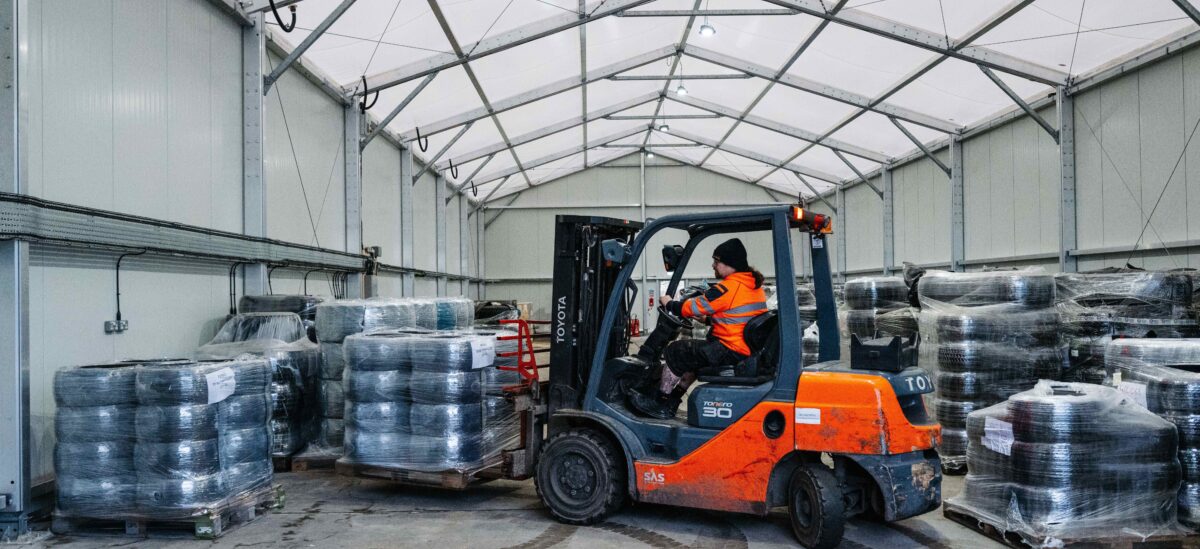
4a) But we need the building urgently!
There are mitigating circumstances where LPA’s might allow for retrospective planning application to be granted, such as when your business requires an emergency temporary building following a flood or fire. However, you must be able to prove that the temporary building was required as an emergency and that your business had no choice but to bypass planning permission at the time.
Where this is not the case, proceeding without planning permission is to do so at your own risk.
5) Pay the planning application fees
This actually forms part of the application process highlighted in point 4, but it’s worth splitting it out to provide a broad overview of the how the fees for temporary building planning applications are calculated.
Unfortunately, and as you might suspect, there is no one set fee. It depends primarily on 13 categories of development type that are subject to cost, broadly reflecting the level of work a local planning authority has to do to process the application due to factors like the complexity of the project, and the amount of floorspace being created.
Note: The Town and Country Planning (Fees for Applications, Deemed Applications, Requests and Site Visits) (England) (Amendment) Regulations 2023 introduced an automatic, annual increase. This will increase planning fees annually, on 1 April each year, starting on 1 April 2025.
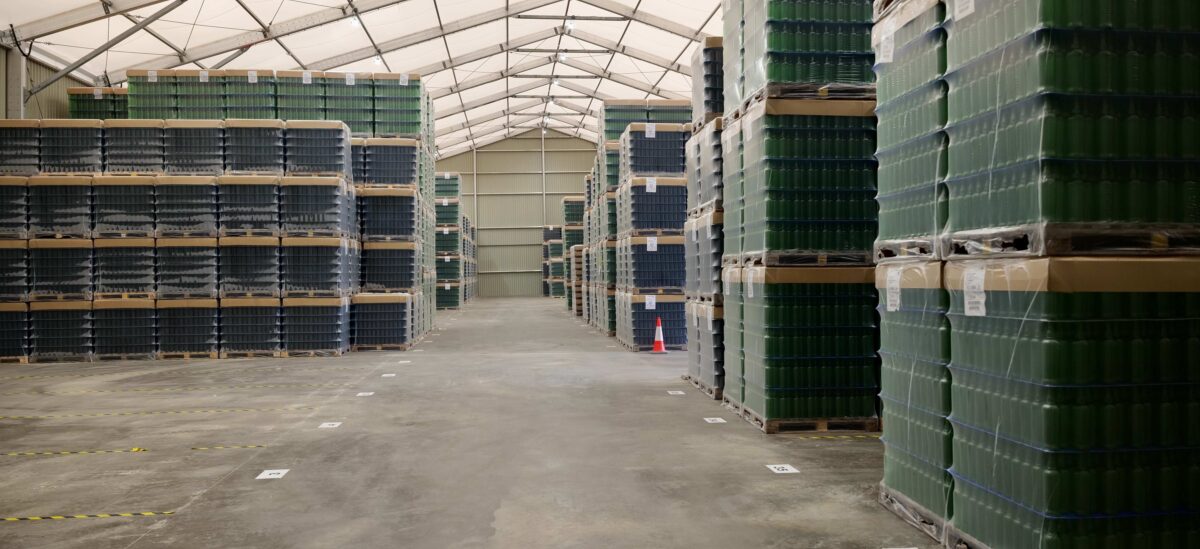
6) Await the decision
While you wait, it’s worth knowing some of the factors the authorities are considering during the approval process, so you are well informed if you have future requirements to build temporary infrastructure. They’ll be looking various factors, including the number (of), and size and layout of the building(s), the existing architecture in place, any landscaping requirements, the purpose of the development, and how the development will affect the surrounding environment.
Being responsive to suggested changes is key to speeding up the process and making it as beneficial as possible for all parties.
Councils are not there to be difficult. In fact, whilst proper procedure must be followed at all times, Spaciotempo has found they will generally be helpful and co-operative as they believe the requirement for a temporary building is an indication of business growth.
6a) Approved
Phew! Whatever the sector you operate in or the end use application, your business can officially look forward to building their new covered space. Just be sure to check if the permission is subject to conditions or not. One such example is ‘reserved matters’, referring to the specific details of a development not fully described in the initial outline planning application that must be approved before construction begins.
According to Planning Portal, generally, unless your permission says otherwise, you have three years from the date it’s granted to begin the development. If you haven’t started work by then, you will probably need to reapply.
6b) Denied
If your application was refused, or granted with conditions you do not agree with, the first step is to talk to the local authority planning department as small changes may be granted if you can come to a happy compromise. As with most things, an open and honest two-way communication is key.
Otherwise, your business can appeal up to 6 months from the date on your LPA’s decision letter. The Planning Inspectorate will check your appeal to make sure it’s valid. They’ll tell you what happens next and how long your appeal may take.
Despite the setback, under no circumstances should you proceed with the build without planning permission. If it must go to an appeal, to give your business the best chance of approval at the second attempt, we advise you seek expert advice.
Curious about our solutions?
Get a digital copy of our industrial brochure, packed full of use cases, case studies and pricing options to help you give your business the breathing space it needs.


